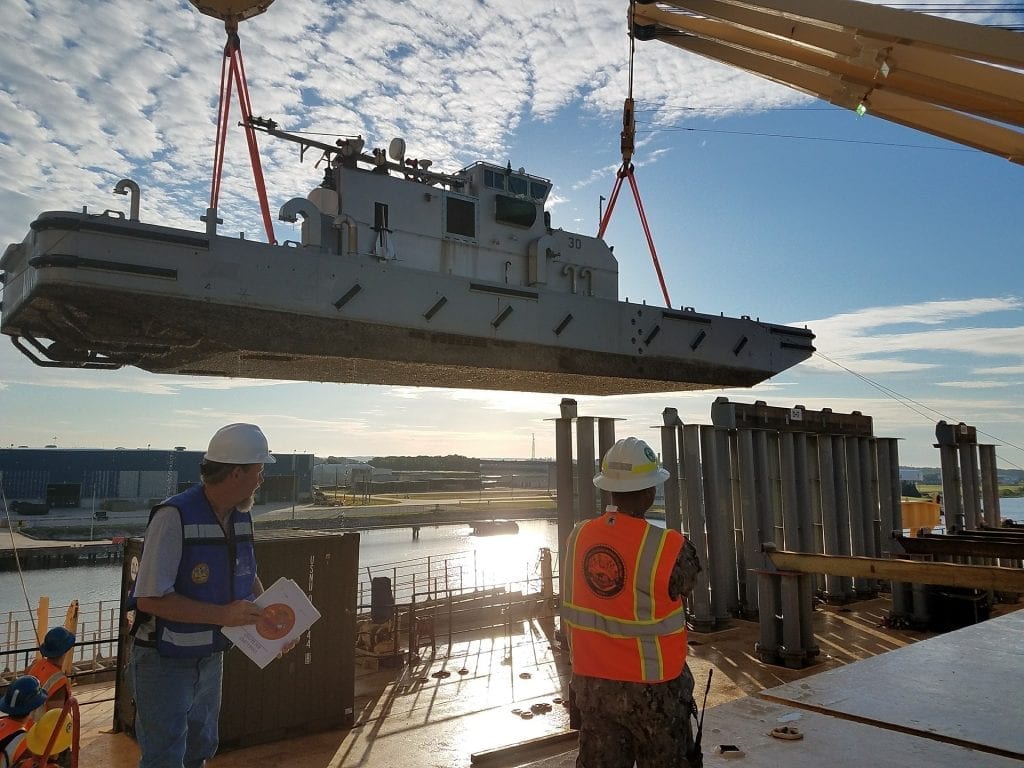No products in the cart.
Load Tie Down
Recommendations for lifting operations with cranes
Only trained, qualified, and authorized persons may operate equipment such as cranes, overhead cranes, and forklifts. The operator of such transport equipment must receive specific training from the company.
Keep the windows of the crane’s cockpit clean at all times to improve the operator’s vision. In the case of glare from the sun, the operator must wear sunglasses with good visibility.

Only one load should be lifted at a time
Although the combined loads are within capacity. After lifting the load from the ground, stop momentarily, and check the condition of stability and safety. Examine and remove any loose parts from the load. If the charging cable is twisted, distort it before continuing the operation.
Guide ropes tied to the load must be used on all lifts. One or more ground workers must control the load during the entire movement, using guide ropes to prevent the part from swinging or turning without control.
The operator must lower the load slowly and stop when it is approximately three meters from the mounting location. From there, he must descend and settle the load more slowly, placing it in the mounting position.

Assemblers should only approach the part to be assembled after the crane operator has positioned it properly. Only at the time of final adjustment will the assemblers be able to get their hands on the load, but with care to avoid the risk of pressing.
Ropes and traction tools such as tirfor and lever hoists must be used to avoid any manual contact with the transported part until it has safe conditions of assembly.
In a tipping-over situation, the operator should immediately start lowering the load and raise the boom to bring the load closer to the crane.
Before leaving the cab, the crane operator must lower the load to the ground and stop the engine. Never leave cargo suspended when issuing the command post.
As we have seen, lifting and moving loads are complex activities, which require attention to procedures and safety recommendations. By following these preventive measures and using the appropriate equipment, you will be able to move your cargo much more safely and efficiently.
Did you like this article? Do you want to know more about the recommended procedures for handling and lifting loads? Read this post on our blog and learn more about it!


